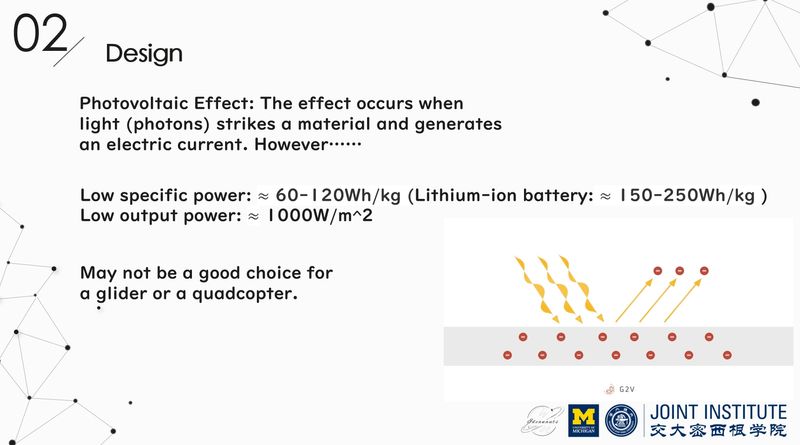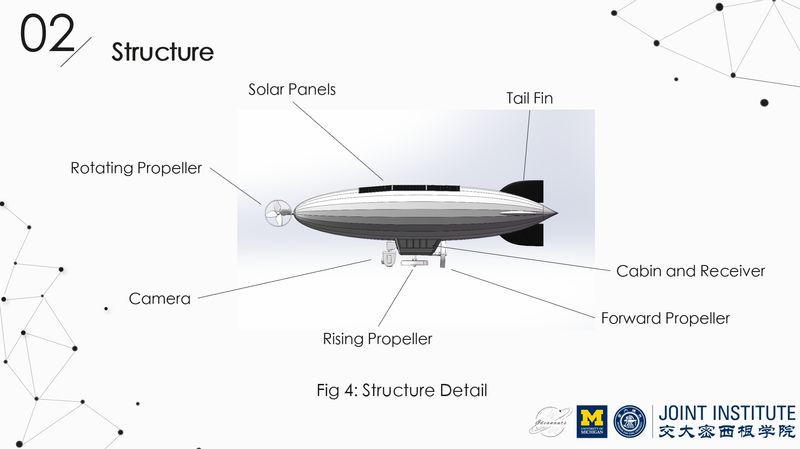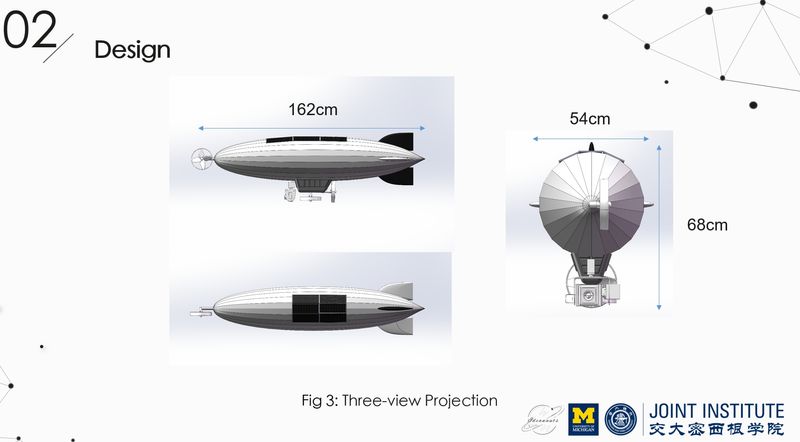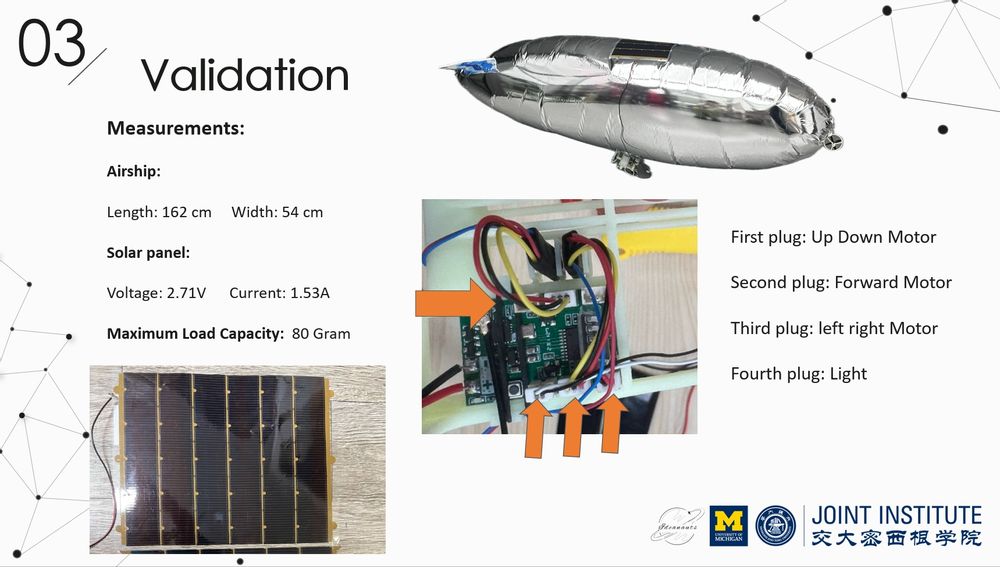Problem
Recently,Paris Olympics attracted significant attention, with many audiences are asking for a better view in the competitions with large field such as soccer and racing. Some competitions will use drones to meet the demand.
However, as you can see in the picture, most overhead views we saw in the Paris Olympics were basically taken from fixed camera in higher positions instead of drones, as drones still have a lot of problems.
One of the problem is the drones consume large amounts ofelectricity, require frequent battery changes and need multiple drones inrotation. This not only increase the costs but also limits their function primarily to video photography.
In response to the problem, we present a new solution: the solar-powered airship. Our purpose is to make the airship gracefully float above stadiums, capturing amazing overhead footage easily. Unlike the drones that heavily rely on electrical support, our airship utilizes its inherent buoyancy and applies solar panels to ensure long endurance.
Also, its larger size amplifies its potential of offering aplatformfor various applications beyond photography.
Concept Generation
The fundamental principle behind solarpanels is the photovoltaic effect. This effect occurs when light (photons) strikes a material and generates an electric current.

Design Description
The structure consists of three majorcomponents: the airbag, the solar panels on the back of the airbag, and thecabin where the receiver, the camera and the propellers are installed. The airship can achieve steering, propelling and driving forward by thecorresponding propellers.

The connection between the steering propeller and the receiver is made along the bottom of the airbag. The wires connecting the solar panels and the receiver are designed to be installed symmetrically along each side of the airship. Due to the limitation of the technique, the wires of our prototype are exposed outside of the airbag. For future development, the wire can be designed to be located inside, as is shown by theblue line.
The highlight of our design is the parallelconnection of the solar panels, which solves the big problem of low current. Theparallel connection also helps increase the stability of the electric system.
Modeling and Analysis
This is the three-view projection of ourairship. The length data measured are presented on the slide.

A MATLAB model using Simulink evaluates the performance of asolar-powered airship under varying conditions. The system model includes fivemodules: solar panel, battery, control system, electric motor, and propeller,all interconnected to form an integrated system. Though the airship designlacks batteries, the model simulates solar panel efficiency via a chargingeffect. Specific parameters such as solar panel efficiency and motor power areconfigured, and the simulation is executed to observe the system's dynamicbehavior. The results are analyzed to evaluate the charging and propulsionefficiency under different conditions.
Validation
The performance of the blimp was tested by measuring the voltage, current, and weight under different operating conditions.
1. Voltage and Current Measurements: The blimp was connected to a power supply and the voltage and current were measured using a multimeter. The voltage was recorded at 2.71V and the current at 1.53A. These measurements are crucial to ensure that the motors and electronic components are operating within their specified limits.
2. Weight Measurement: The maximum load capacity of the airship was recorded at 80 grams. This is important to validate that the airship is within the weight limit for optimal performance and stability during flight.
3. Motor Functionality: Each motor was tested to ensure proper functionality. The airship is equipped with three motors: From top to bottom, left to right,the first plug controls the up-down motor, which adjusts the altitude of the blimp.The second plug controls the forward motor, which propels the airship forward. The third plug controls the left-right motor, which maneuvers the blimp left and right. Each motor was tested individually by connecting to its respective plug and verifying its response to control signals. This was done by observing the movement of the airship and ensuring it followed the expected direction and speed.
4. Lighting System: The fourth plug at the bottome was connected to the lighting system to verify its operation. The light was tested to ensure it turns on and off as required, providing necessary illumination for visibility and signaling during operation.These tests confirmed that all components of the airship are functioning correctly and that the system operates within the specified parameters. By conducting these tests repeatedly under different conditions, we ensured the reliability and accuracy of the airship's performance.

Conclusion
To make the airshipgracefully float above stadiums, capturing amazing overhead footage easily,we use solar panels intead of batteries to make the airship more environmentally friendly, safe, efficient and user-friendly.
For future development,we can first install automatic control systems such as autopilots or attitude control systems. These systems can adjust the airship's posture and direction in real-time to maintain stability. Secondly, we can add a battery. This will store electrical energy,allowing the airship to operate even in low sunlight conditions. We can also attach the parachute to the connection part between the pod and the airbag. When the airbag bursts, the parachute will deploy in the wind and reduce the pod’sdescent speed, enhancing the airship's safety.
Acknowledgement
I would like to express my sincere gratitude to my supervisor, Dr. Milias Liu, for his continuous support, patience, and valuable guidance throughout the duration of this project. I am also thankful to Dr. Nathaniel Murray for her guidance in technical communication.
I extend my appreciation to teaching assistants for answering our questions at any time.
Finally, I would like to acknowledge all my classmates for helpful suggestions and discussions.
